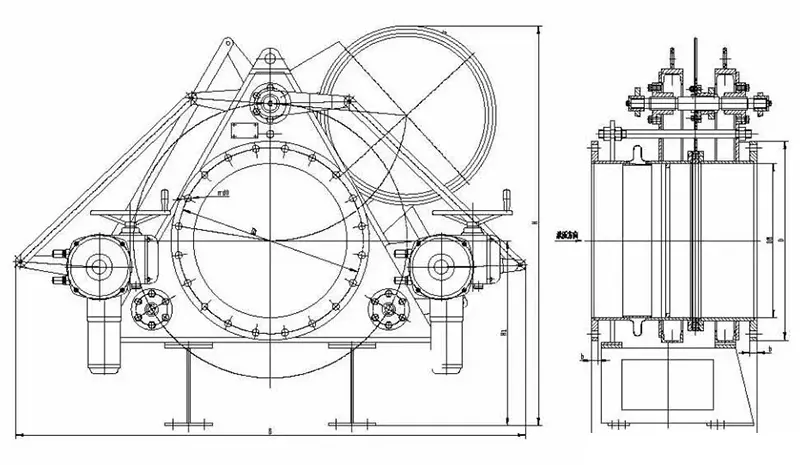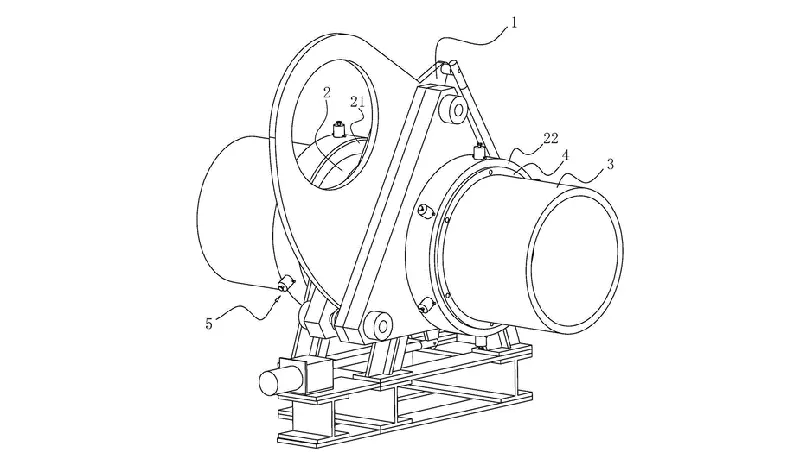Blind valve is a gate valve that cuts off gas media manually, electrically, pneumatically or hydraulically. Its types can be roughly divided into electric blind valve, closed plug valve, hydraulic blind valve, electric open blind valve, and pneumatic blind valve.
The applicable medium is generally gas and toxic, harmful, and flammable gases. In the maintenance work of systems such as petroleum, metallurgy, chemical industry, water conservancy and electricity, it is often necessary to cut off a pipeline for maintenance operations.
So, what problems often occur in the daily use and maintenance of blind valves? How to quickly find the problem points and solve the problems in time. Below, ZZJG Industrial Valve engineers have conducted a statistical analysis of common problems and solutions(blind plate valve daily maintenance and repair), and share them with you here.

1. Stuck failure
1.1 Problem description
Blind valves may become stuck during use, and the operating handle or transmission device cannot smoothly open or close the valve, causing the production line to be interrupted.
1.2 Solution
Pull out the stuck valve, clean it and apply an appropriate amount of lubricant. If the problem still cannot be solved, you need to replace the gasket or replace a new blind valve.
2. Leakage failure
2.1 Problem description
Blind valves sometimes leak during use, causing pollution of the working environment or interruption of the production line. Leakage may occur between the valve seat and the valve cover, at the gasket and other parts.
2.2 Solution
Check whether the gasket is installed correctly or worn too much. If there is a problem, the corresponding parts need to be replaced. In addition, check whether the sealing surface is flat and adjust the clamping force of the sealing screw correctly. For cases with more serious leakage, it is recommended to replace a new blind valve.
3. Damage failure
3.1 Problem description
During use, the blind valve may cause parts damage due to improper operation or other reasons, affecting the normal use of the valve.
3.2 Solution
Check various parts of the valve, such as gaskets, valve covers, valve seats, transmission devices, etc., to determine whether there is wear, deformation or damage. Replace the corresponding parts if necessary to ensure the normal use of the blind valve.
4. Precautions
4.1 Regular maintenance
After using the blind valve for a period of time, dust, oil and other impurities may accumulate, affecting its normal operation. Therefore, it is recommended to clean, maintain, and apply lubricants to the valve regularly to ensure that the equipment is in good condition.
4.2 Operation specifications
When using the blind valve, it is necessary to follow the correct operating procedures, otherwise the blind valve will be damaged. It is recommended to train the operator to improve their operating skills. It is also recommended to read the instruction manual of the blind valve in detail.

If you have any questions about the blind valve, you are free to contact me.
DO YOU HAVE QUESTIONS? WE ARE HERE TO HELP YOU!